


This concept enables us to understand the ideas, values, ideals and emotions that empower a narrative, just like deep ocean currents direct more superficial currents.
This tool enables us to observe how narratives are constructed based on fragments (messages, stories) that come from different sources and in different forms. When uniting these fragments and viewing the entire mosaic they create, we have a much richer view of how they fit together and what their strength is.
Enables us to see which parts of a story are extracted and taken out of context to create, exacerbate or “validate” narratives. When we learn about its existence, we can break the frame to see a broader perspective.
Try not to think about an “elephant”. We all evoke the concepts of every word that we know as soon as we hear it. This visualization will depend on our context. Often, it’s not necessary for the narratives to be expressed literally, since these are being prompted by related concepts which, upon being mentioned, reproduce them.
Tool to identify the powers and interests that are behind the creation, spread or strengthening of narratives, from what’s highly visible to what’s invisible.
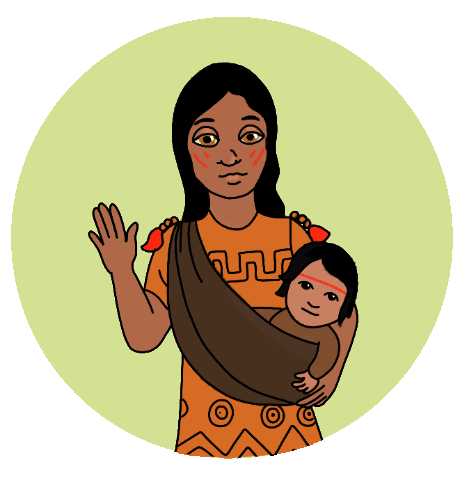
TSINANE
Tsinane is Asháninka and was born in the native community of Cutivireni in the valley of the Ene River. A large part of her family (grandparents, aunts and uncles) were victims of the Internal Armed Conflict in the 90’s and suffered displacement. She’s about to turn 23 and has just given birth to Ruth.
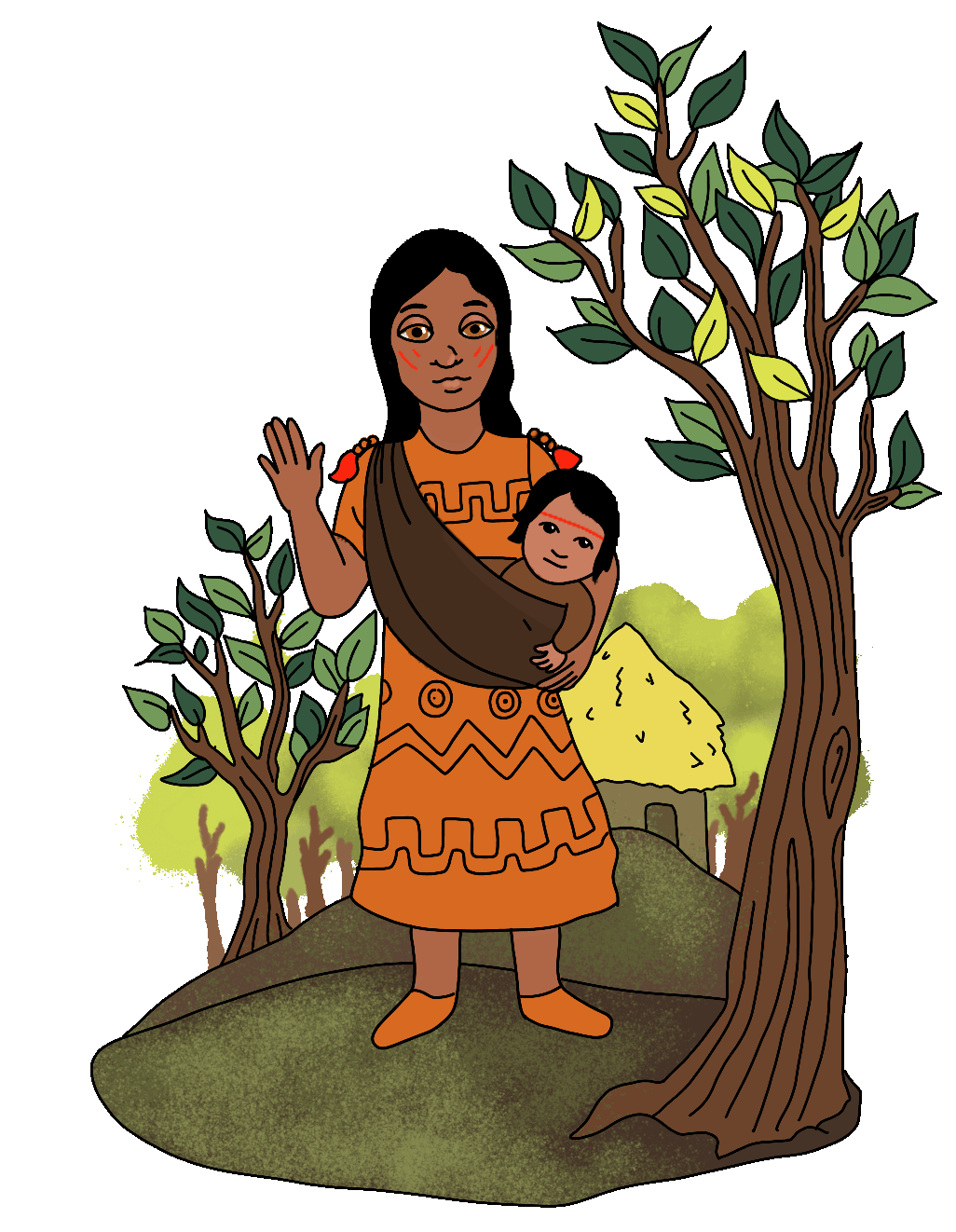
She’s an active member of the Ene River Asháninka Central (CARE), leader of an indigenous federation and is deeply worried about the vulnerability of her people in the face of energy activities and extractive projects wanting to impose themselves.
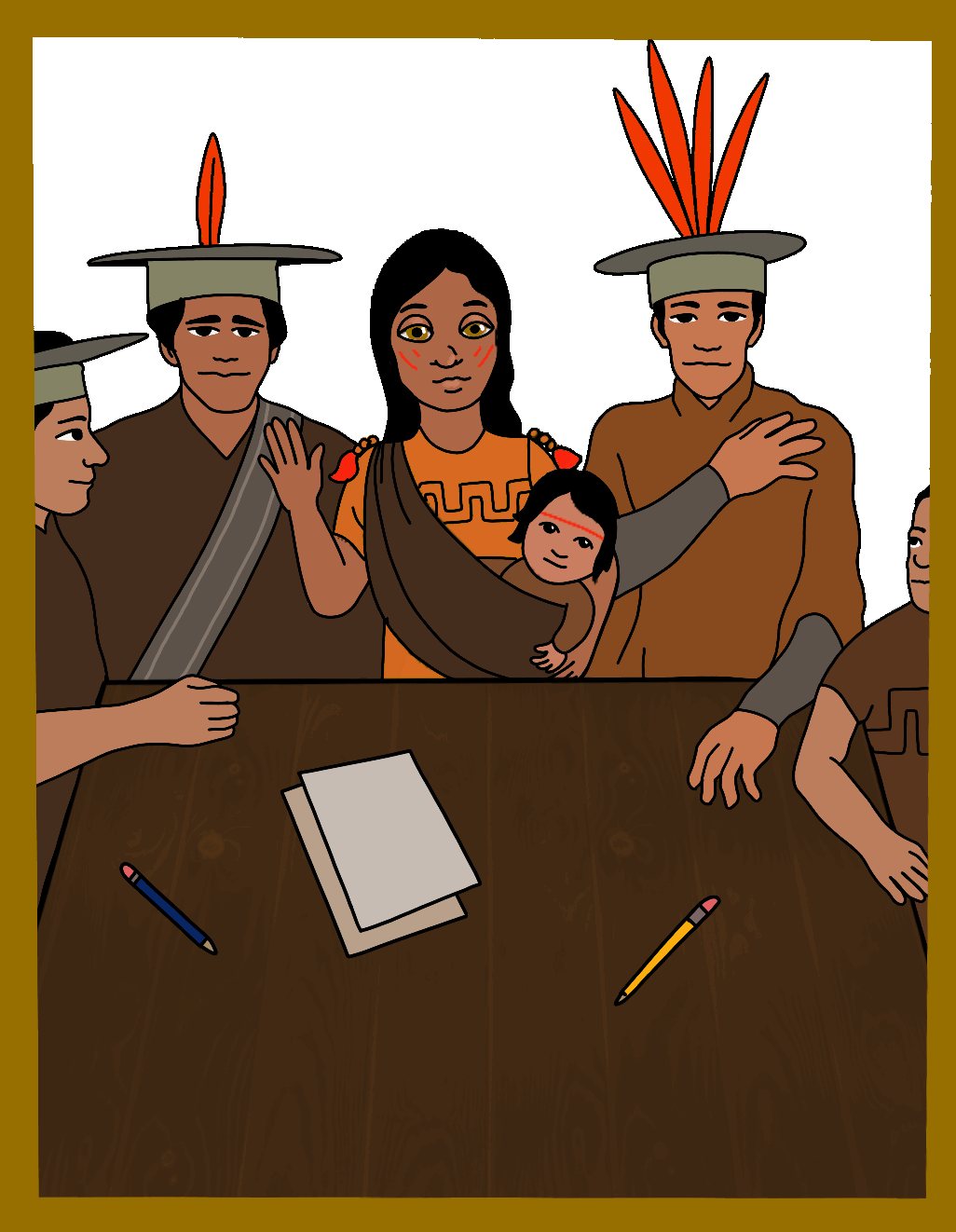
Tsinane has dedicated a lot of her time to activism, as a leader she has very important functions to fulfill, it even puts her life in danger, but she has a profound connection to the world view of her people and history: to be able to transmit her language to her daughter and the youngest ones in her community and securing a future for them, is very important. She’s proud of the freedom of the Asháninka people; she feels like an heir of a tradition of warriors that defend their territories.
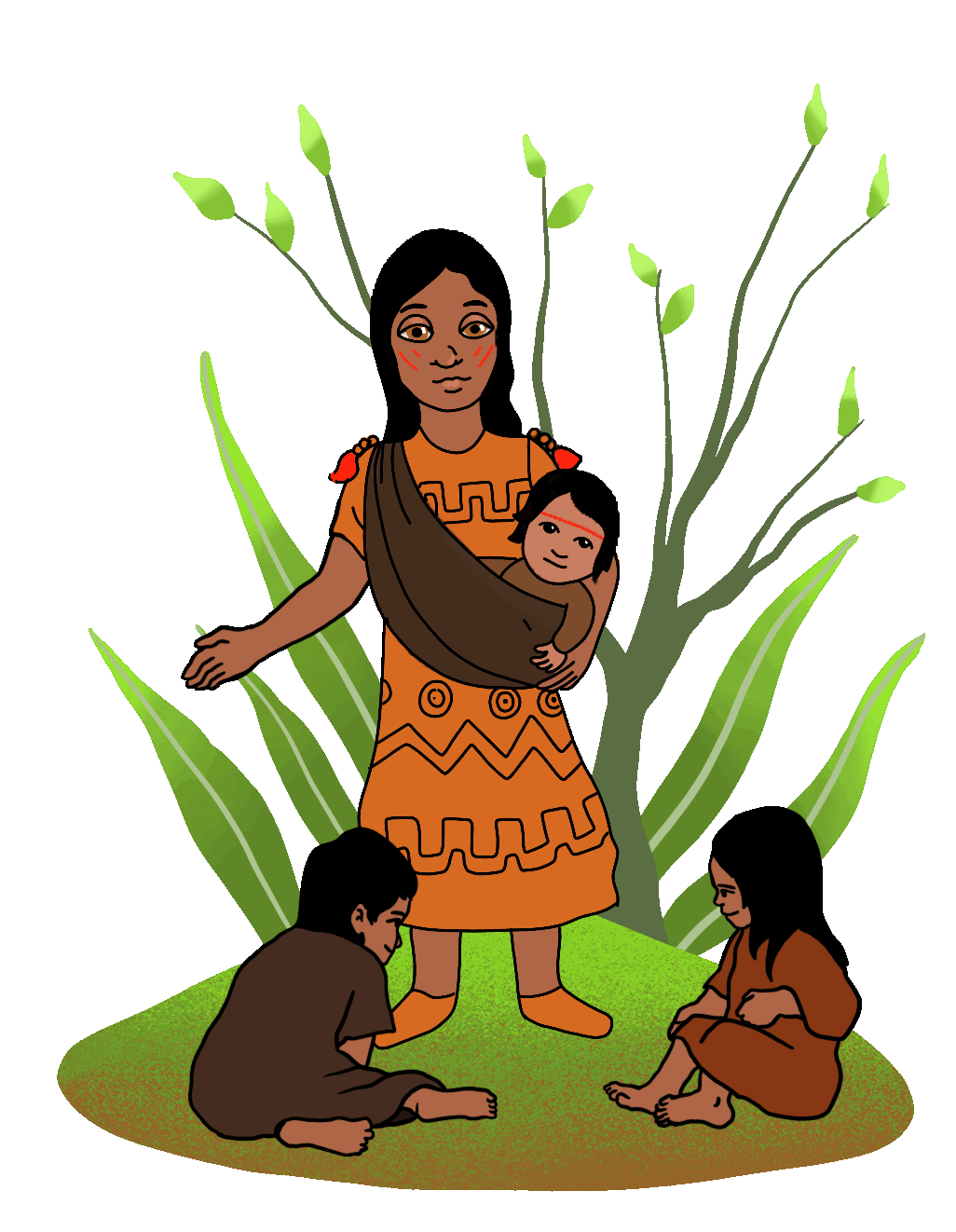
She has a very intimate connection to caring for her environment, which she expresses through myths and legends and about the dreams of the Asháninka to return to the prosperity stolen from them by outsiders for centuries.
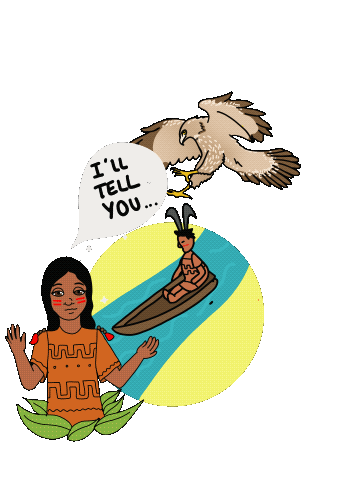
But she’s now facing the extraction and exploitation of her beloved lands; she hears some people in her community say: “Extractive companies bring development, provide work, money. How are we going to oppose that? You’re opposed to progress.” Those who are opposed and are fighting the abuse and extractivism have received severe death threats.
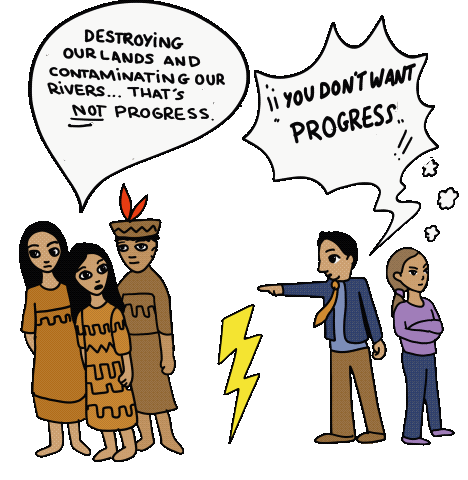
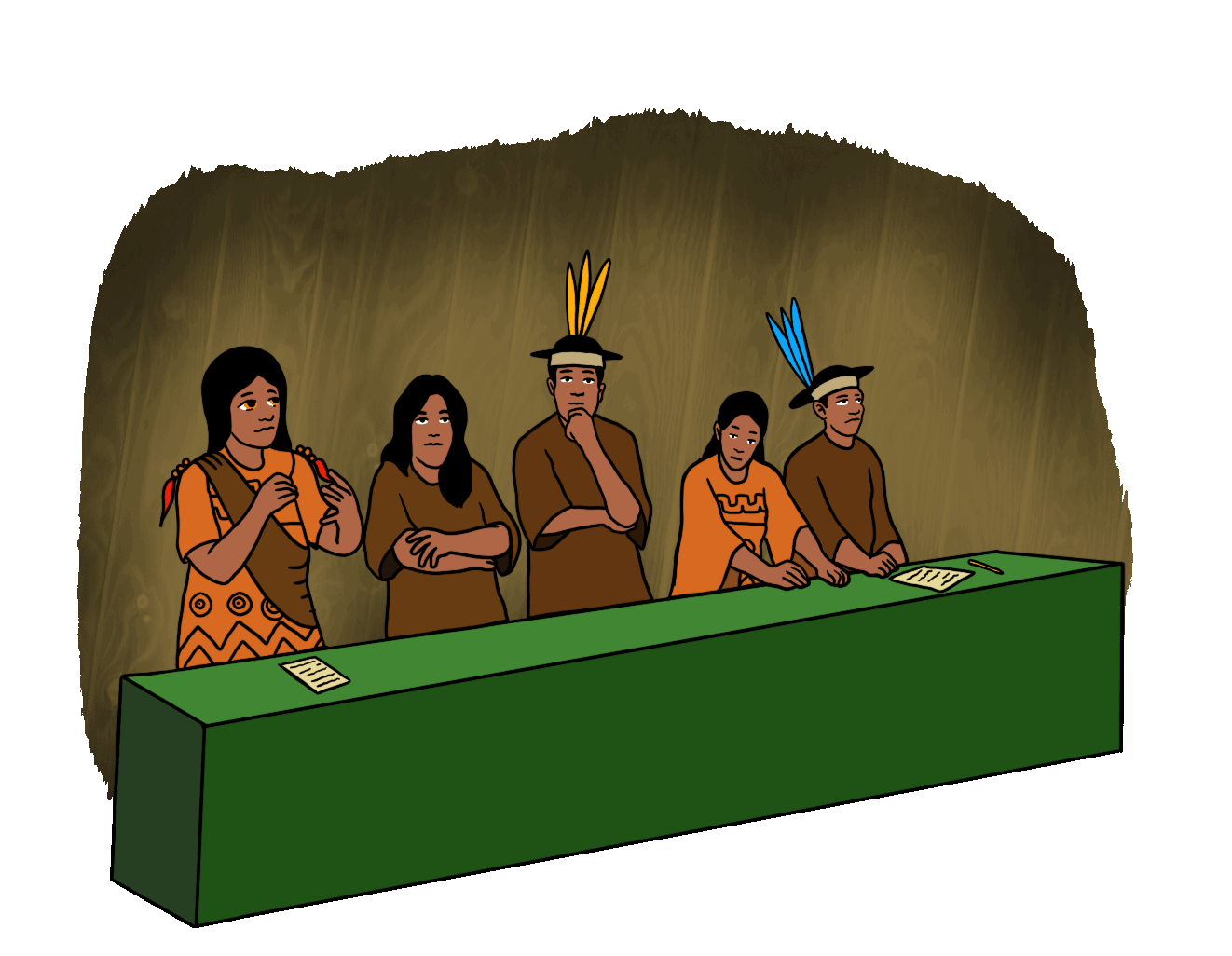
The national media isn’t helping; they portray native people and environmental activists like violent people that don’t want progress, unintelligent, “dogs in the manger”.
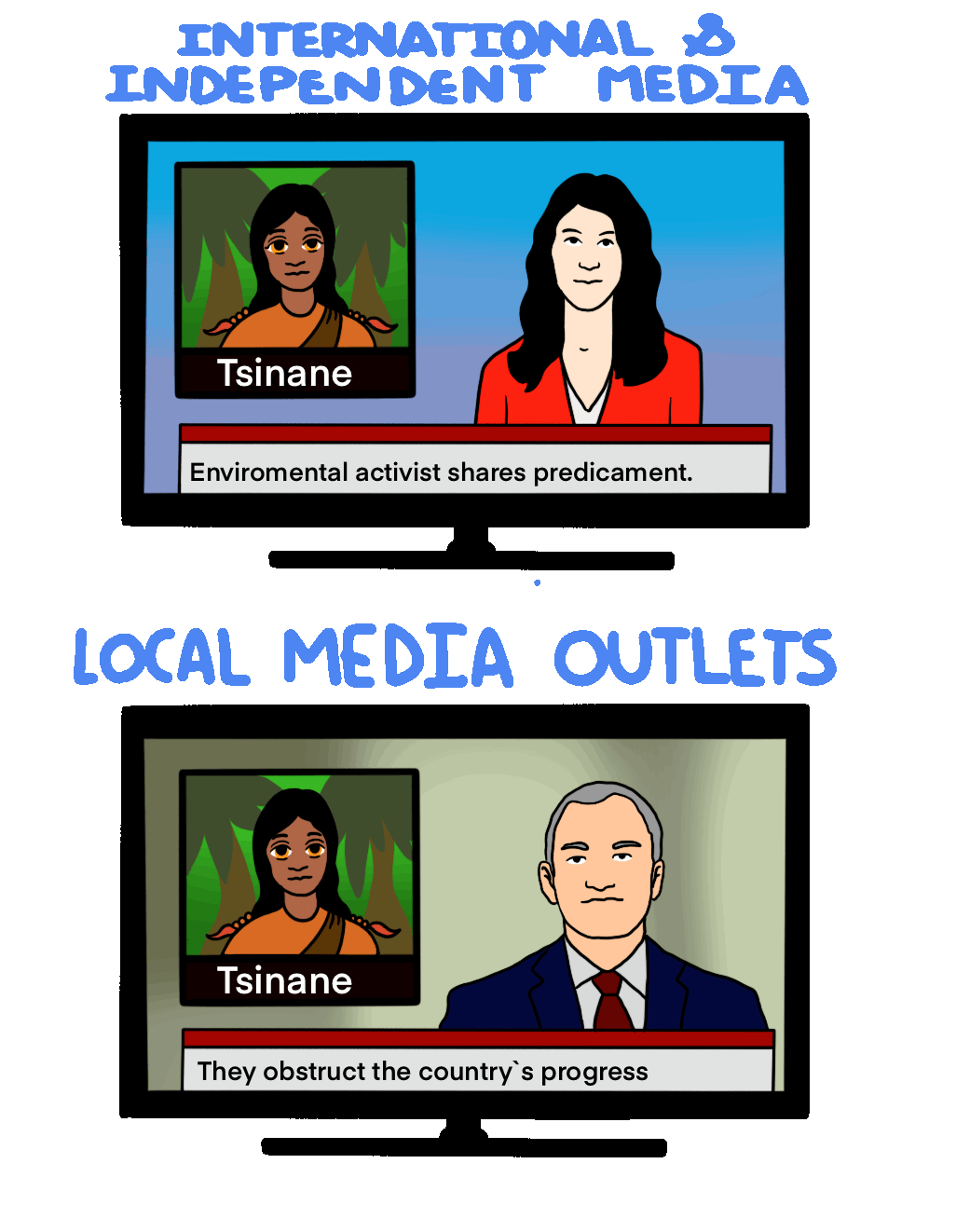
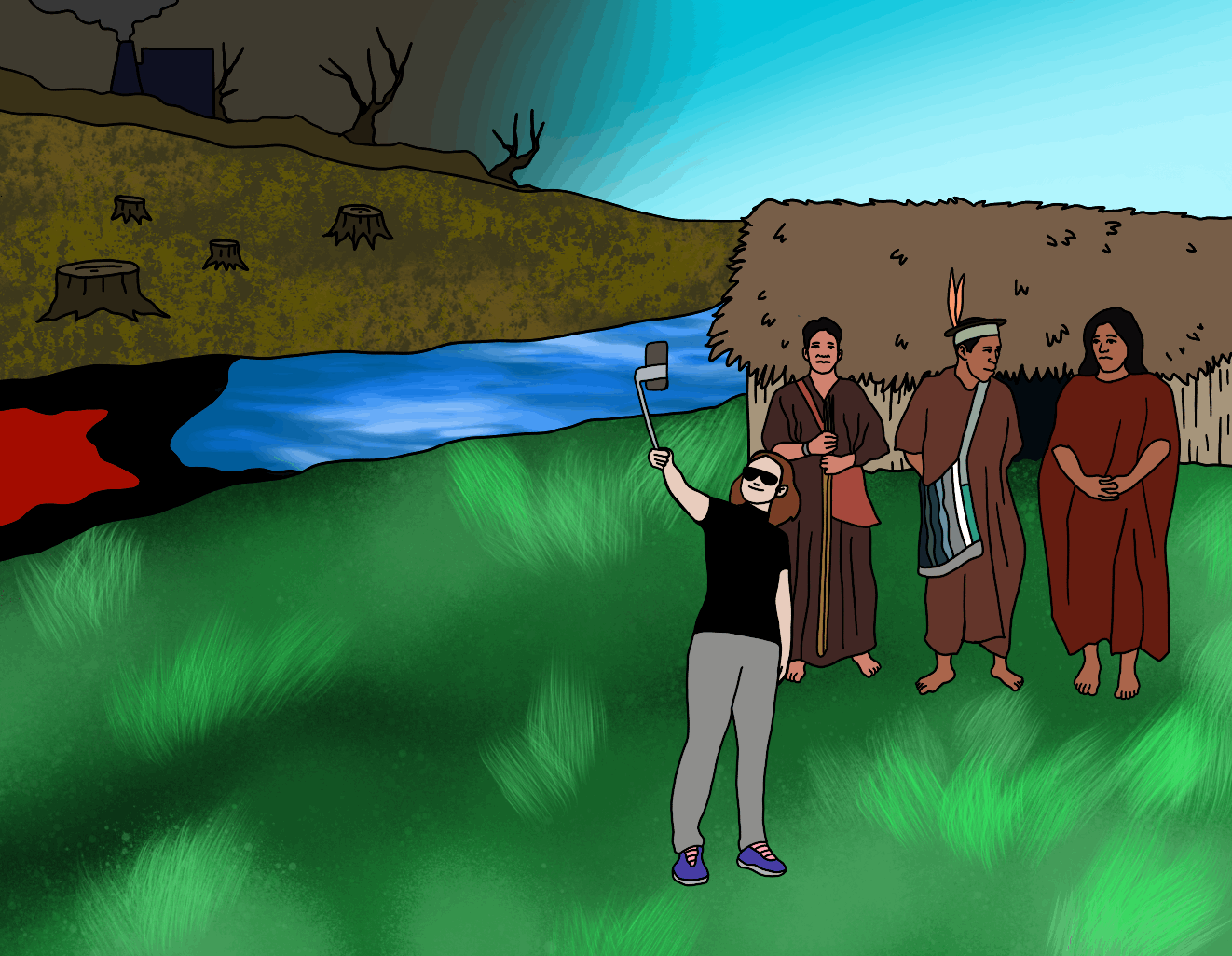
“Why is all this happening? Why don’t we understand that extracting alone doesn’t equal development and what we want is to preserve the future of our children? Who safeguards our lives as defenders? We’re nothing to them…”
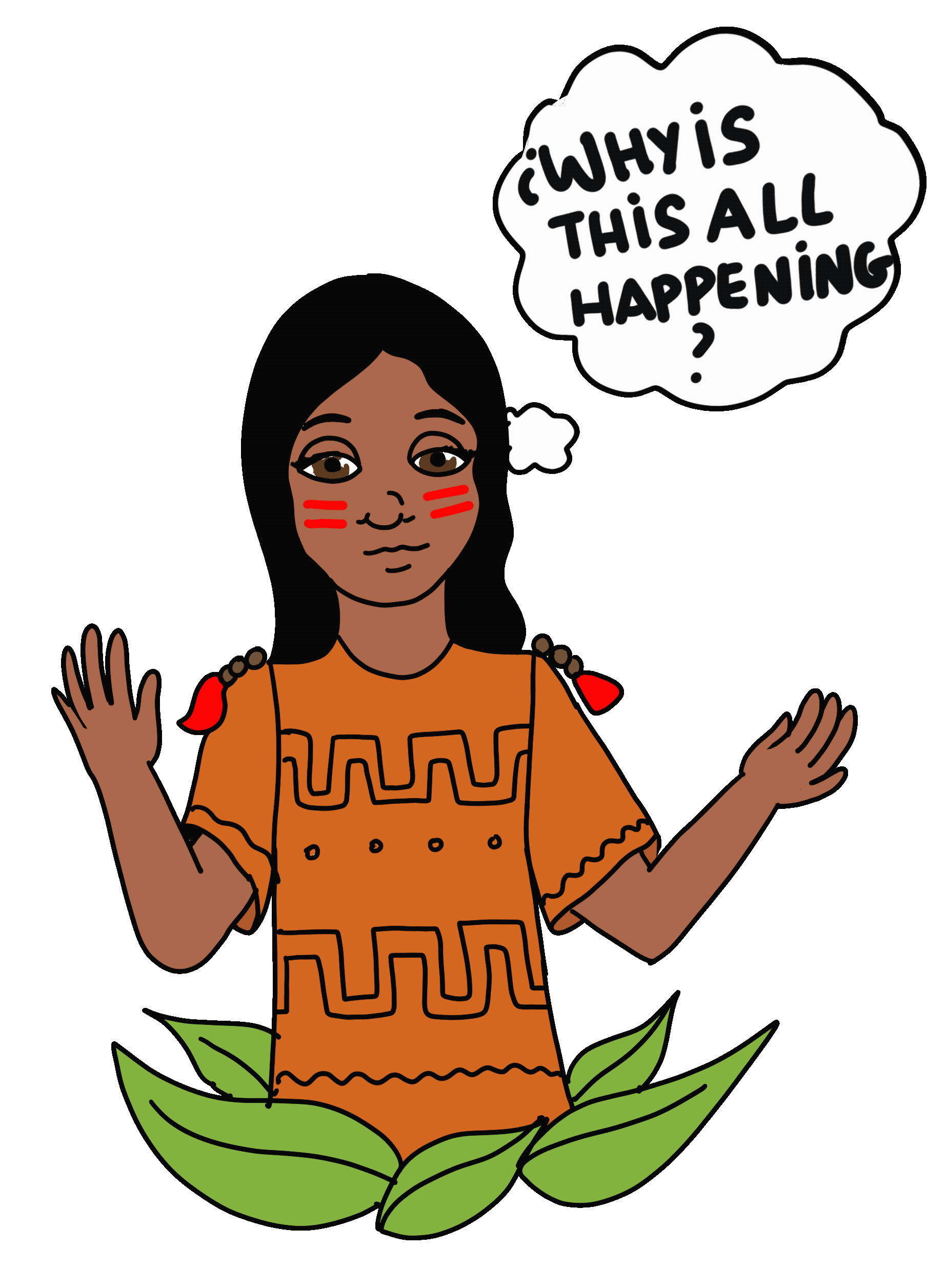
The training provided by the companies to the community leaders about the development of “energy sources” in Peru, accompanied by ads, don’t give the full information about the damage done by extractive projects.
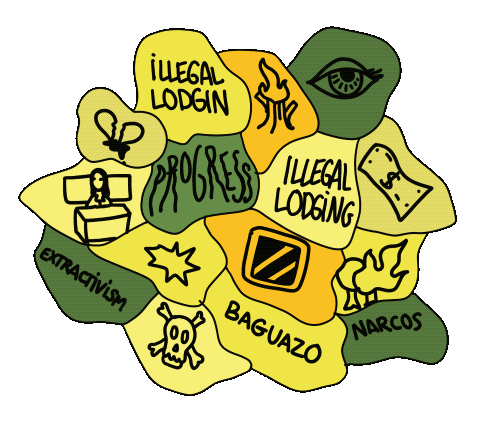
What’s behind all this? Who could we turn to in order to fight back?
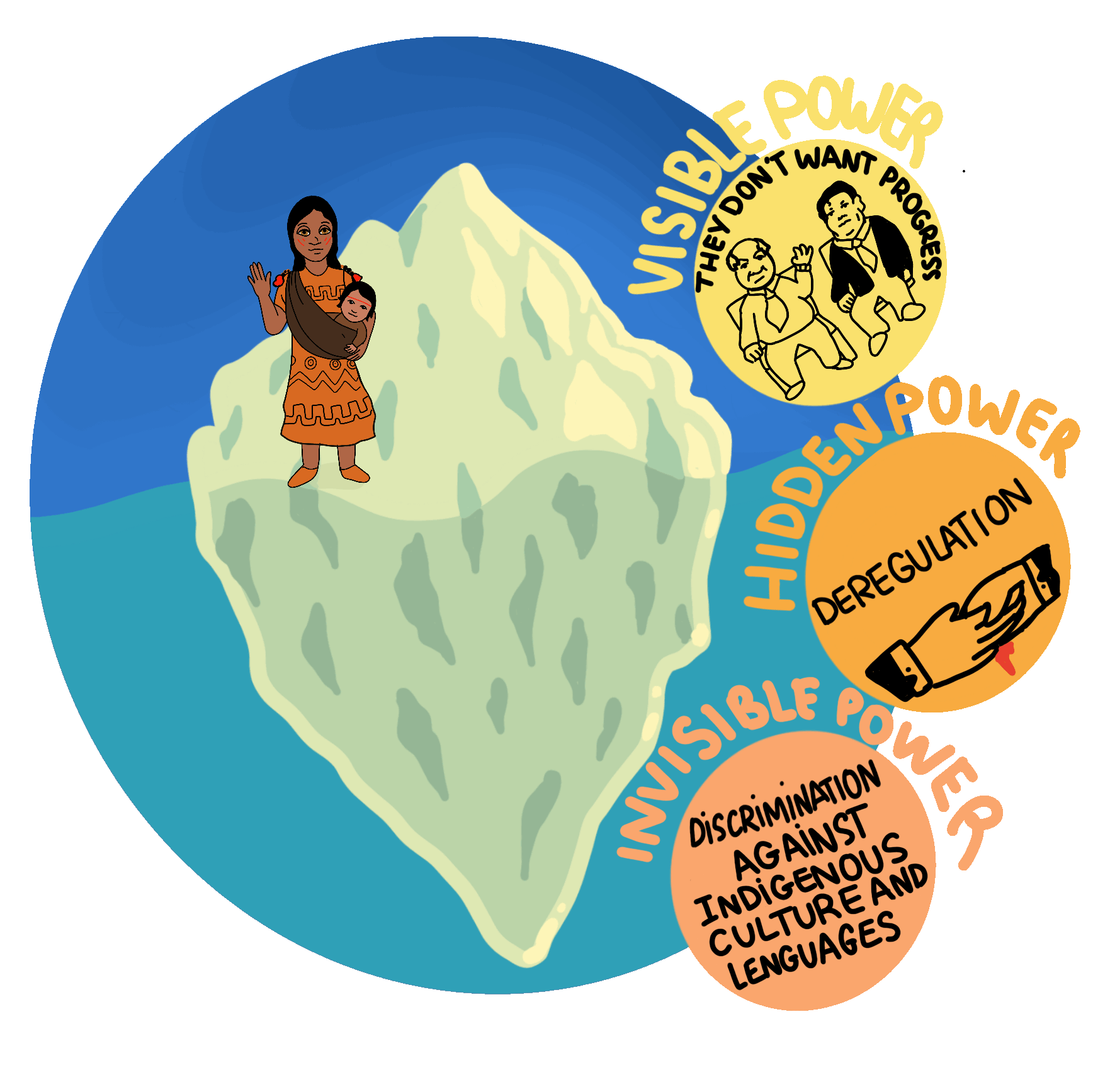
Tsinane knows that there are ways out and in the Escazú Agreement she sees an opportunity to continue to fight, since it even protects her and her Asháninka brothers and sisters from the threats that they’ve already received; it would acknowledge her and protect her as a defender of territories.
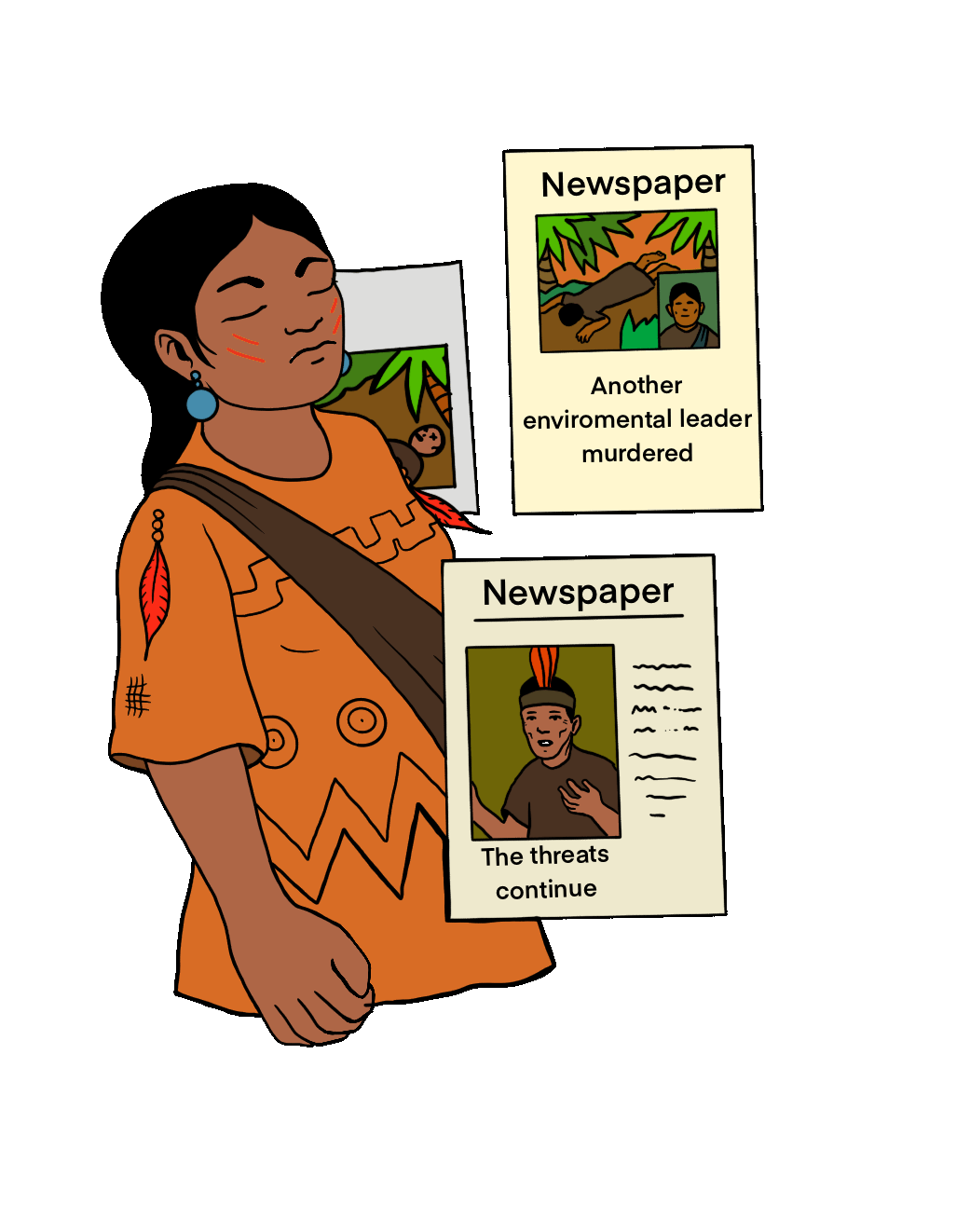
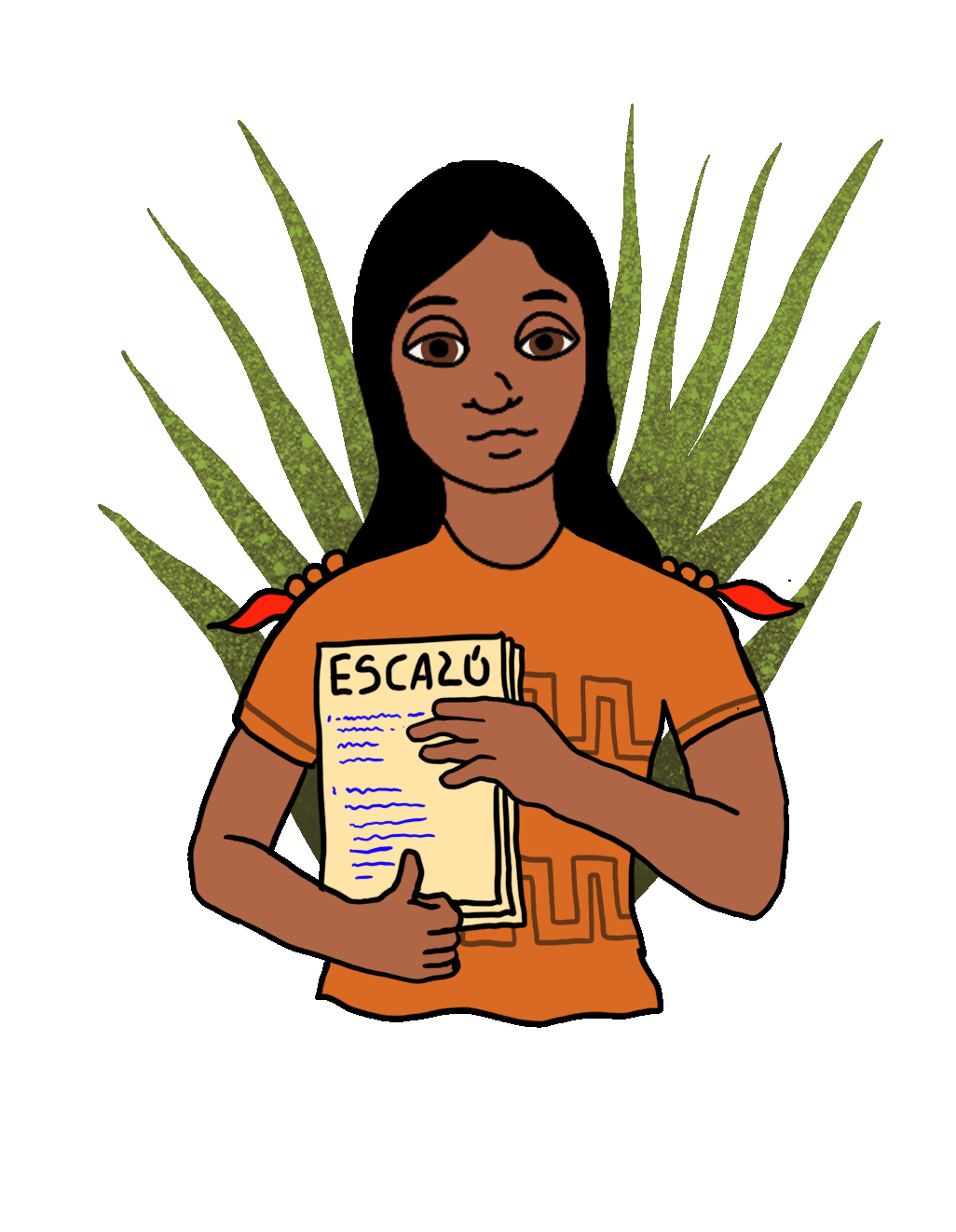
“The first thing I have to do is convince my entire community, seeing as they have received false information; they’ve scared us by saying that ‘the agreement will steal our land from us and give it to the NGOs!’”
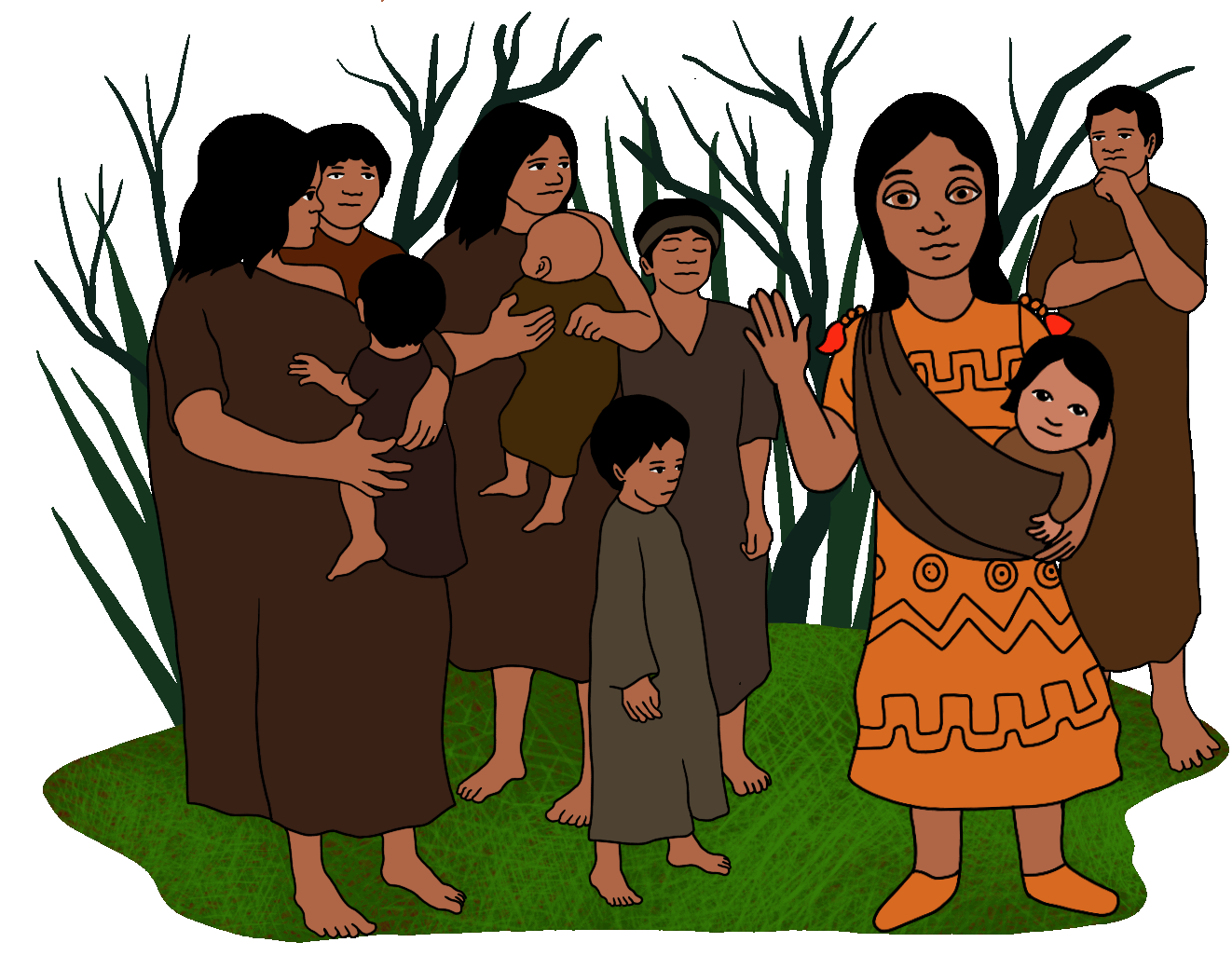
“But we already have a plan of action at CARE: education and information; let’s put it in practice. If more people request the ratification of the agreement, they won’t be able to silence us. The Escazú Agreement saves lives.”
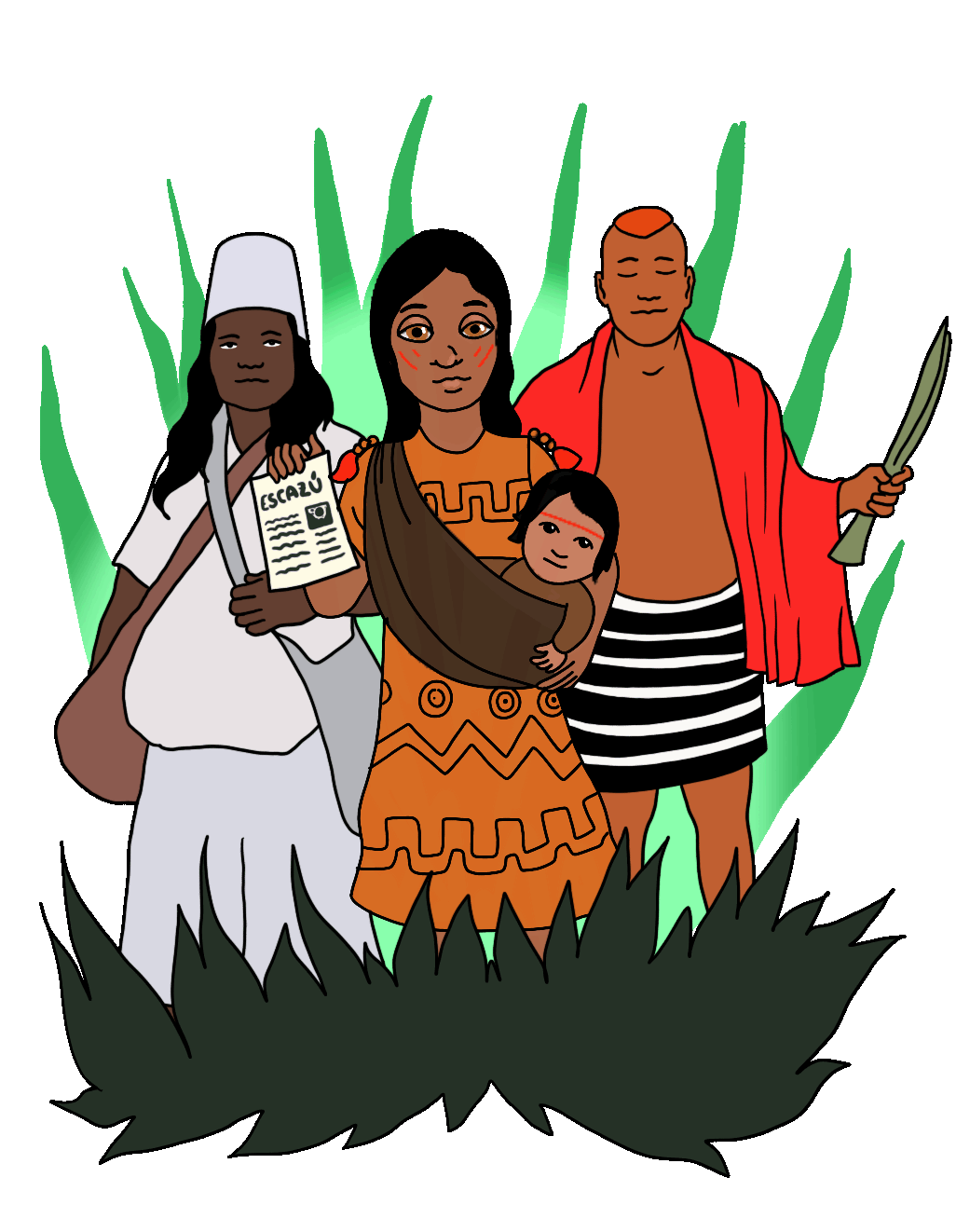
the PDF version here
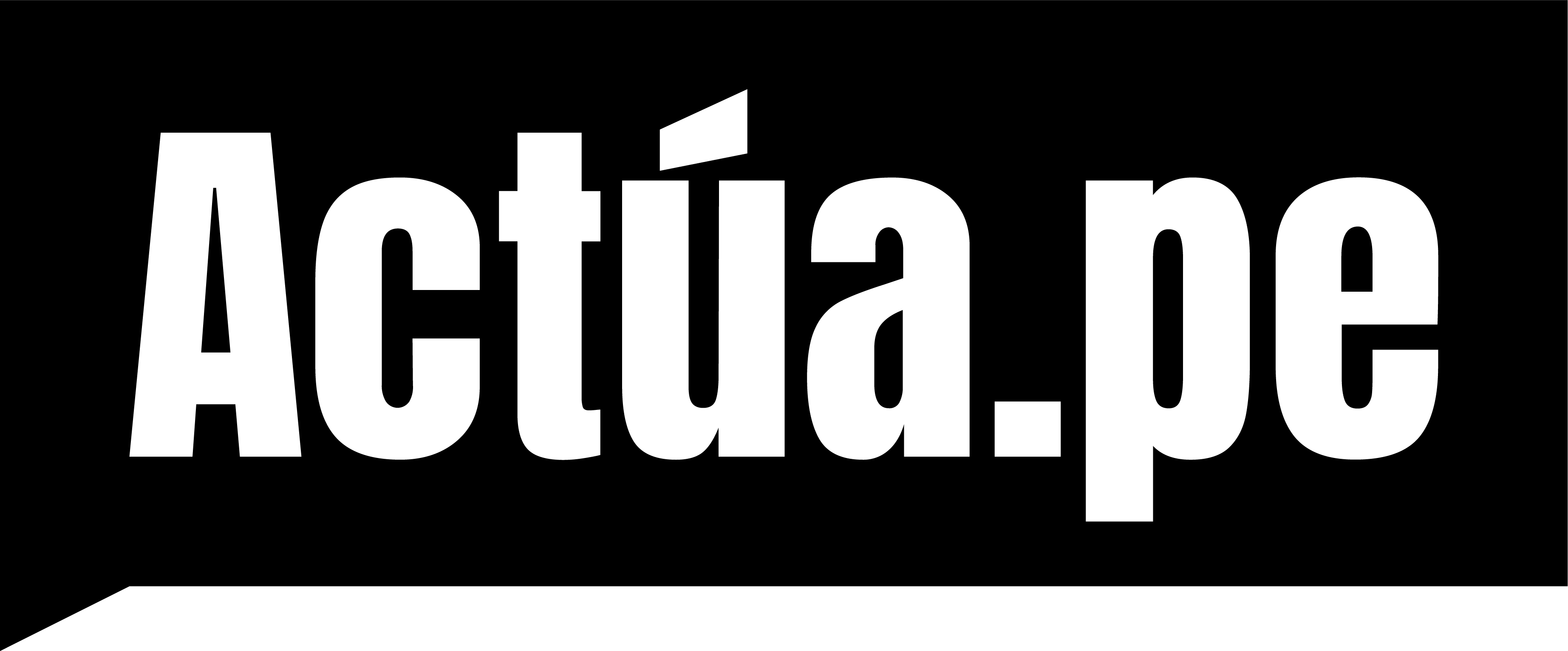


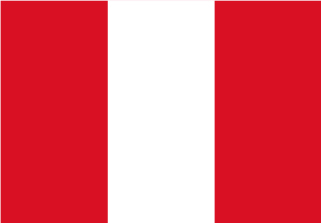 Español
Español Inglés
Inglés Francés
Francés





